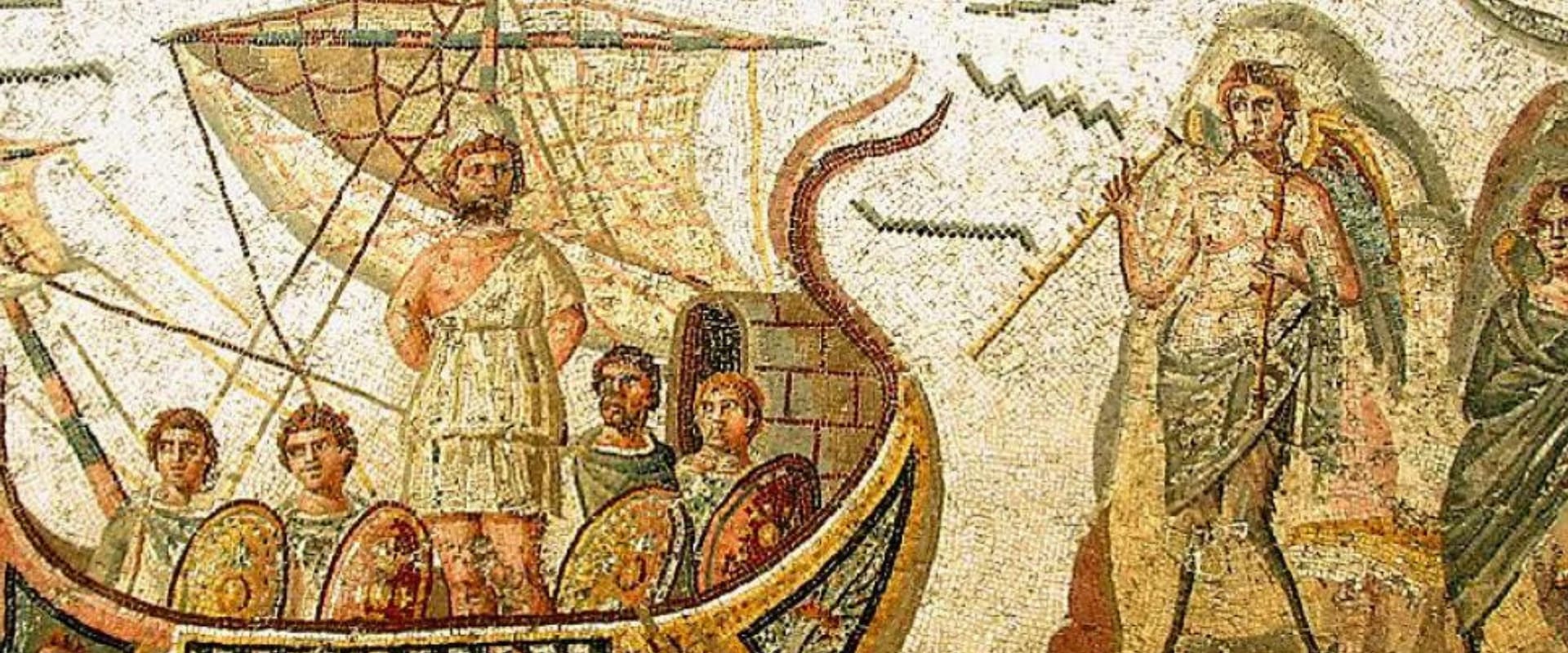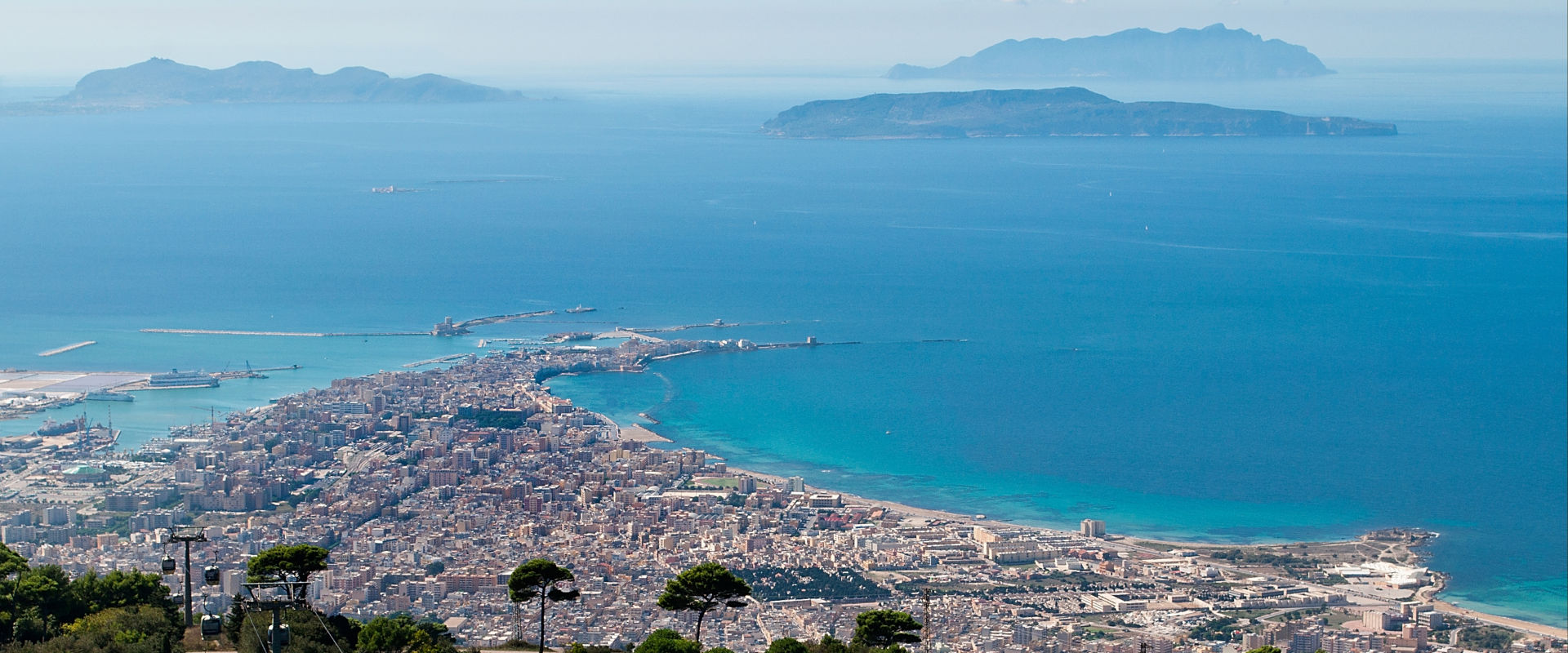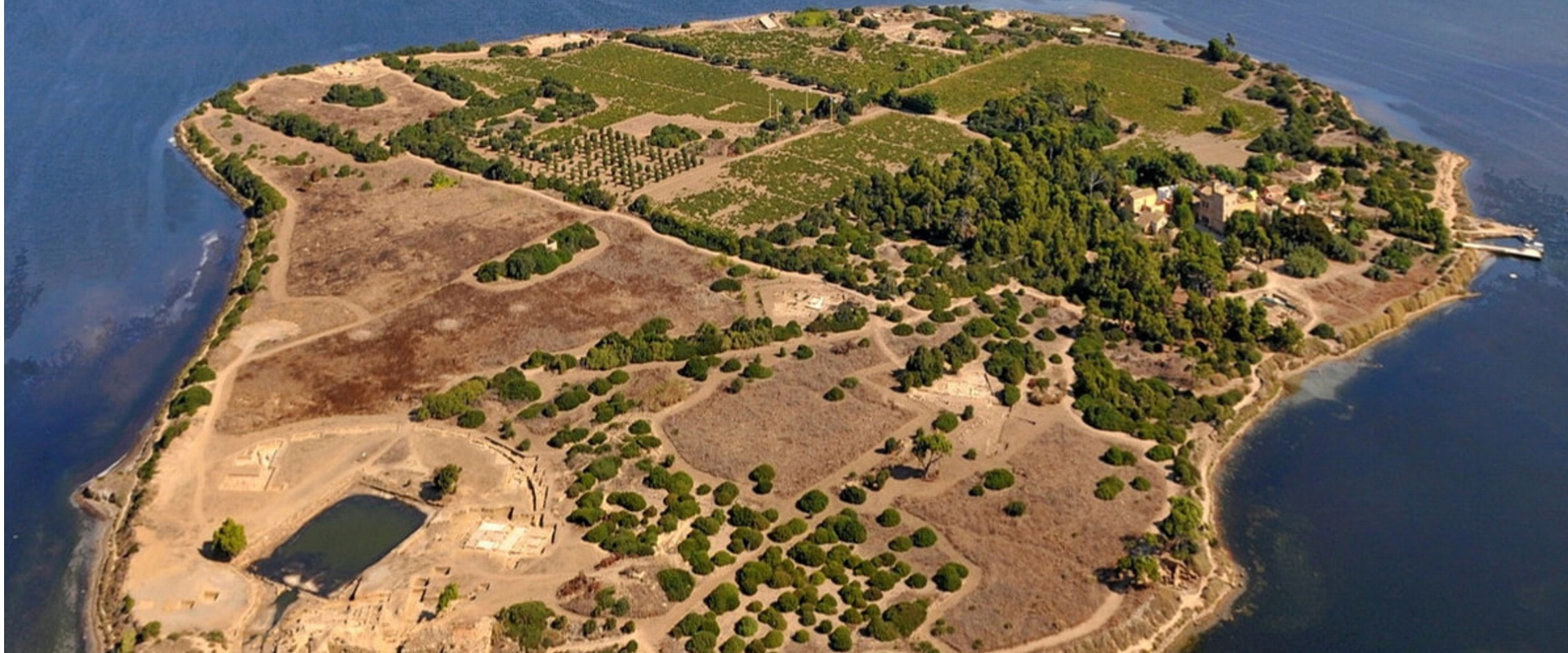The charm of the Trapani salt pans
landscapes rich in history and tradition
Among the salt pans in the surroundings of our facility, we recommend visiting
the culcasi family's salt pans of trapani,
which provide tourists with a very well organised tour
which also includes a visit to the salt museum.
One of the most visited sights in western Sicily is undoubtedly the stretch of coastline from Trapani to Marsala, characterised by the presence of ancient salt pans. The salt pans of Trapani have been present in the territory for centuries. The area encompassing the salt pans covers a thousand hectares in the area south of Trapani to Marsala, including Mozia. Since 1995, it has become the Saline di Trapani e Paceco Nature Reserve, managed by the WWF.
The history of the salt pans takes us back to the time of the Normans in the 12th century, when Frederick II realised the commercial importance of the place and imposed a state monopoly on the production of salt, used for food preservation. After the Normans, it was the turn of the Aragonese, who privatised the salt pans. Later, the Spanish boosted the economy of the area, promoting Trapani as the most important European centre for salt production.
Salt extraction
Salt mining is one of the historical activities, along with tuna fishing, that characterises the city of Trapani. Giardini Mon Plaisir suggests that you include a visit to this magical place, enhanced by the windmills by the sea, in your tour. The mill blades are reflected in the water and create a play of reflected light and shadow that remains in the memory of the observer.
The windmills are now an architectural symbol of Trapani, and represent a rural reality that enriches the landscape of the area. Precisely because of their uniqueness, unmistakable is the purple colour of their roofs, the mills of the Trapani salt pans have been named among the ten most beautiful in Europe, according to the Ansa column ‘Travelling the World’.
The windmills represent an artificial structure that is, however, perfectly integrated with the nature of the place, far from a concept of a mere instrument of industrial production.
Sea windmills are used to move water from one tank to another and for milling. Various species of birds find shelter in the salt pans, but especially the pink flamingos, which add further charm and colour to the Trapani coastline.
To take a guided tour, it is advisable to choose the periods from February to May, or from September to November: these are the best times to witness the migration of the fauna that stops over in the Saline Reserve.
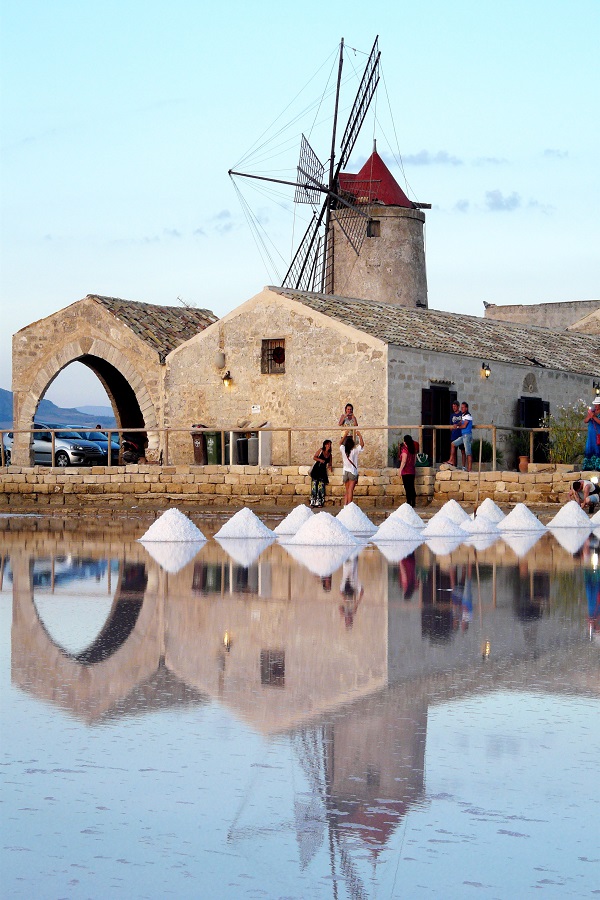

Salt extraction
Salt mining is one of the historical activities, along with tuna fishing, that characterises the city of Trapani. Giardini Mon Plaisir suggests that you include a visit to this magical place, enhanced by the windmills by the sea, in your tour. The mill blades are reflected in the water and create a play of reflected light and shadow that remains in the memory of the observer.
The windmills are now an architectural symbol of Trapani, and represent a rural reality that enriches the landscape of the area. Precisely because of their uniqueness, unmistakable is the purple colour of their roofs, the mills of the Trapani salt pans have been named among the ten most beautiful in Europe, according to the Ansa column ‘Travelling the World’.
The windmills represent an artificial structure that is, however, perfectly integrated with the nature of the place, far from a concept of a mere instrument of industrial production.
Sea windmills are used to move water from one tank to another and for milling. Various species of birds find shelter in the salt pans, but especially the pink flamingos, which add further charm and colour to the Trapani coastline.
To take a guided tour, it is advisable to choose the periods from February to May, or from September to November: these are the best times to witness the migration of the fauna that stops over in the Saline Reserve.
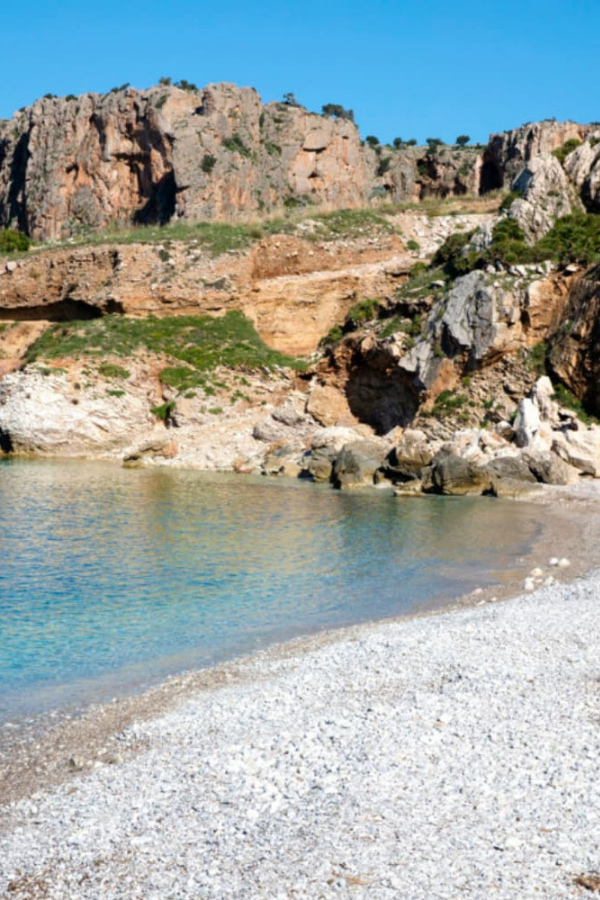
Salt Museum
The city of Trapani has a centuries-old history of salt production and processing. Thanks to the salt trade, Trapani was considered one of Europe’s trading powers, and today its salt pans have become a destination and attraction for photographers and enthusiasts. Exclusive sunsets can be admired thanks to the reflection of the sun on the pools and mounds of white salt, ideal places for some bird species seeking shelter, such as pink flamingos. The salt pans are located in the southern part of Trapani and extend to the Stagnone of Marsala.
The Salt Museum is located in Paceco, a town in the province of Trapani, inside an old windmill. Visiting the Salt Museum allows one to discover the events and stages of a strong tradition such as salt farming. The museum is part of the integral nature reserve Saline di Trapani e Paceco and proposes a tourist-cultural itinerary called the Salt Route. Visitors can stroll through the canals separating the pools, finding themselves immersed in an environment with a historical flavour. The Salt Museum offers an overview of the typical salt pans as well as the opportunity to admire the mills and other equipment that were used for the final stage of salt extraction. Inside the museum there is an exhibition of black and white photographs, as well as original exhibits such as ruzzoli, cathedrals, mill blades, the spira, a large millstone and wooden laths for measuring salt.

